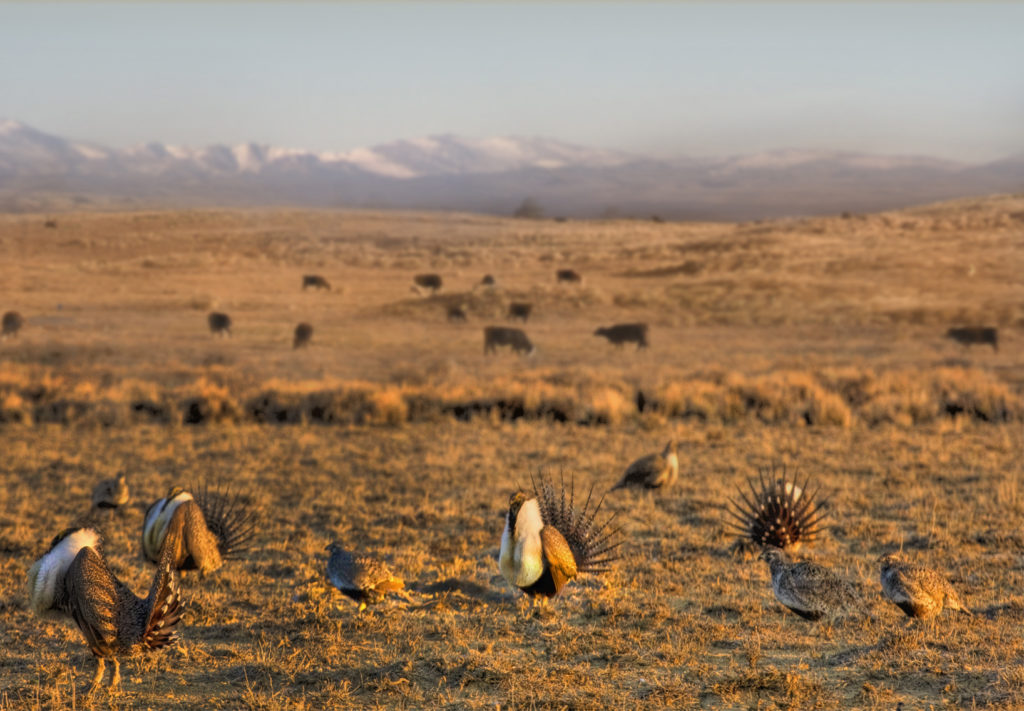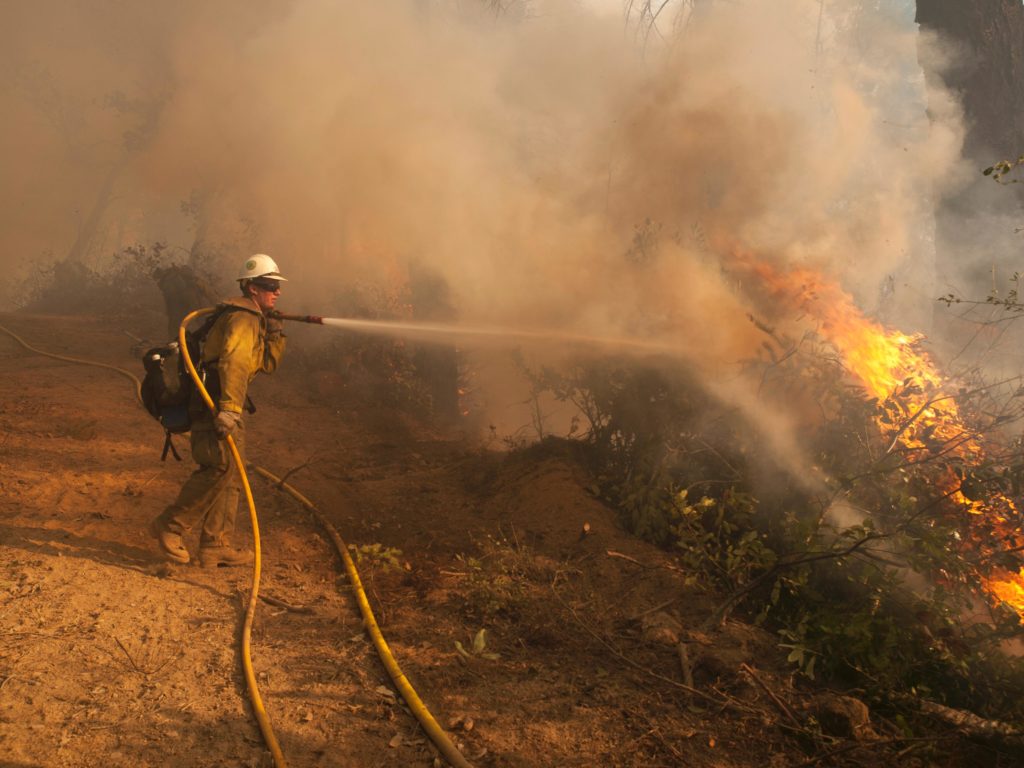Fringe views on land management can’t distract from the real work that must be done as a new administration enters the White House
At the Theodore Roosevelt Conservation Partnership, we do not engage in elections other than to make sure that voters understand where the candidates stand on major conservation and access issues. This is why we hosted a forum, moderated by Field & Stream, at our Western Media Summit, where surrogates for the Trump and Clinton campaigns had an hour to discuss their priorities and take questions from the sporting and mainstream media. (Watch the unedited footage of these Q&As with Donald Trump Jr. and Rep. Mike Thompson.)
America’s sportsmen and women tend to be fairly mainstream. We care about lands and waters and want America’s conservation legacy to endure for future generations. But we use these lands and choose to pursue some of the critters we work so hard to conserve. Sometimes we even kill and eat those critters. And we’re proud of the fact that our dollars and volunteer efforts have made America’s fish and wildlife some of the healthiest and best-managed populations of species in any industrialized nation in the world.
We have been critical of some right-wing politicians and their enablers in industry who would sell off the nation’s remarkable public lands, which provide the foundation for hunting and fishing in America. But there are times when the left fringe can be equally ideological and out of touch.

Take the reaction to Secretary Clinton’s announcement that former Secretary of the Interior and U.S. Senator Ken Salazar would oversee her transition team, if she is elected president. The announcement was greeted by most as a sensible and strong choice, but not from many on the left, who described the pick as a sell-out to corporate America. One blogger posted that Salazar’s selection meant “…the oil and gas industry just hit a political gusher.”
We worked closely with Ken Salazar when he was Secretary of the Interior from 2009 until 2013. During this time, he initiated major reforms in oil and gas drilling on federal lands, known as “master lease planning,” to ensure that new development would only occur in the right places at the right times, without impacting sensitive lands and species. He blocked oil and gas leasing in Alaska’s Bristol Bay, home of the world’s largest salmon runs, and launched a major process to develop solar energy zones on public lands as a way to address a warming climate. These and other actions were largely criticized by the oil and gas industry.
Ken Salazar is a fifth-generation rancher from Colorado who loves the land and understands that it can and must support multiple uses. This is not just true for agricultural lands in Colorado’s San Luis Valley, but also for America’s 640 million acres of public lands. Some areas are national parks or wilderness areas. Others should be managed for wildlife and others for grazing, timber, or energy production. This is how it is supposed to work.
But for extremists on both sides, this is not the way they want it to work.
At the TRCP, we will work with whichever candidate is elected. If Secretary Clinton is elected, I know we can work with Ken Salazar, because we have done so in the past, and we understand his commitment to well-managed public lands and, more broadly, America’s conservation legacy. It is safe to say that we will not get everything we want, but that is not our definition of success.













The problem with public lands management could be that the HRC could continue Obama’s policy of the designation of vast areas of land now open to hunting, other recreation, commercial fishing, and other uses to national monument/national park status. This has recently been done off of Hawaii, in Maine, and today (9/15/16), off of the New England coast. I don’t mind “wilderness” designation, but natl. monument status is just a back door method of banning hunting, etc., on these public lands. It is especially unfair for the locals and just pleases the radical environmentalists that support the Democrat party.
Whit Fosburgh responds: Tom, I see this differently. All presidents since Theodore Roosevelt have used the Antiquities Act to create monuments and preserve special places. Let’s look at the three examples you cite: The Hawaiian Islands monument was created by George W. Bush. That designation specifically did not allow recreational fishing. President Obama expanded the monument and specifically opened it up to recreational angling. Recreational angling is also specifically allowed in the New England marine reserve. The Maine woods monument was donated to the federal government by a private citizen, along with an endowment to manage it. As private land, the public had no right of access. Now, most of it is open to public hunting and fishing and available for all of us to enjoy, forever. This seems like a pretty good deal to me.